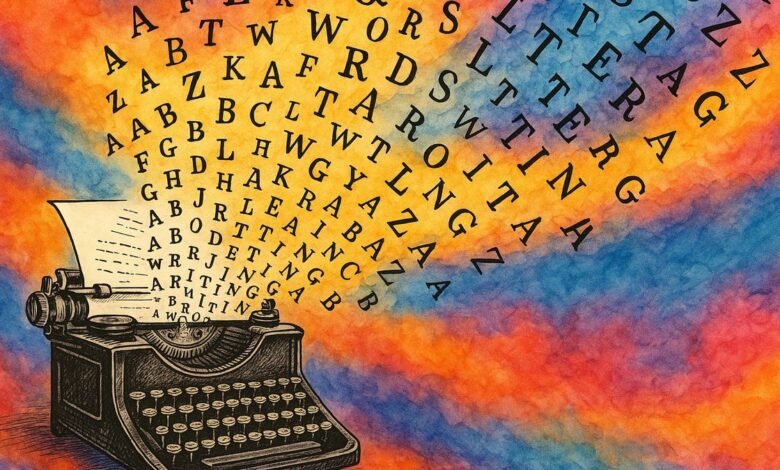Unmasking ChatGPT: Eye-Opening Insights Into OpenAI’s Image Generator!

OpenAI Image Generator Review
If you’re delving into the world of AI-generated images, OpenAI’s tool is certainly one you’ve encountered. The platform has seen a surge in popularity, thanks to its accessibility and the underlying technology of ChatGPT. However, while it displays excellent creativity, it is not without limitations that users should consider before committing to its use. Let’s unpack the essential aspects, highlighting both the strengths and weaknesses of this image generation tool in detail.
Overview of OpenAI Image Generator
OpenAI’s image generator utilizes advanced machine learning techniques to translate user inputs into imaginative visuals. This system is designed for both professionals and casual users, aiming to provide intelligent and visually appealing outputs. Let’s dive deeper into its functionality, specifications, and overall performance.
Key Features
- Creative Output: The tool excels at generating a wide array of artistic images from textual prompts.
- User-Friendly Interface: Its interface is intuitive, making it approachable for individuals with varying levels of tech-savvy.
- Fast Rendering: Most images are produced quickly, which enhances the user experience significantly.
- Customization Options: Users can refine prompts to create more targeted results, offering a flexible creative process.
Specifications
| Specification | Details |
|---|---|
| Model | OpenAI Image Generator |
| Integration | Available via API, web interface |
| Output Formats | PNG, JPEG |
| Response Time | Under 30 seconds for most images |
| Usage Cases | Graphic design, advertising, concept art |
| Supported Languages | English and several international languages |
Pros and Cons
| Pros | Cons |
|---|---|
| 1. High-quality images that showcase creativity. | 1. Limited editing and fine-tuning features. |
| 2. Fast processing time. | 2. Reliance on user prompts can lead to inconsistent results. |
| 3. Accessible to users with various skill levels. | 3. Potential issues with the understanding of nuanced or complex prompts. |
| 4. Continuous updates that improve functionality over time. | 4. May not always match professional-grade tools. |
Assessing Creativity and Quality
When evaluating the creativity of OpenAI’s image generator, it’s clear that it excels in producing visually striking outputs. The variety of styles it can adopt is impressive, allowing users to explore artistic avenues they may not have considered otherwise. However, it’s important to note that while the initial results can be stunning, the details sometimes suffer from a lack of refinement.
Quality is a crucial factor for anyone relying on this tool for professional purposes. In many cases, generated images need further enhancement or modification in dedicated graphic design software. Users should be prepared to invest time in post-processing to achieve perfection.
Usability and User Experience
The user interface contributes significantly to the overall experience. OpenAI’s image generator offers an accessible platform, making it easy for both novices and experienced users to engage with the technology. The prompt input mechanism is straightforward; however, crafting effective prompts can be a skill on its own.
Users may find that the effectiveness of their prompts directly impacts the quality of the generated images. This aspect requires a learning curve and experimentation, as certain wording may yield better results than others. While this challenge adds an exciting layer of engagement, it may also frustrate those seeking quick and perfect images.
Limitations and Areas for Improvement
As capable as OpenAI’s image generator is, there are noticeable limitations that potential users should consider. The most significant drawback lies in the lack of essential editing tools within the platform. Users often find themselves wishing for more advanced options to modify generated images or to fine-tune specific aspects.
Moreover, the generator occasionally misinterprets prompts, especially when they include complex or multifaceted requests. Users may have to experiment with simpler, more direct prompts to achieve satisfactory results, leading to potential frustration.
Conclusion
Overall, OpenAI’s image generator presents an exciting opportunity for users interested in AI-generated art. Its strengths in creativity and fast rendering are impressive, but the lack of crucial editing features and occasional inconsistencies in results are noteworthy drawbacks. Whether you are a graphic designer looking for inspiration or a casual user seeking to create unique images, the OpenAI image generator has something to offer.
As this technology evolves, we can expect improvements that might address its current limitations, making it an even more powerful tool. For now, it serves as an excellent stepping stone into the realms of AI-driven creativity, appealing to both hobbyists and professionals alike.





